Michelle & Mark
Our Jewish Customs
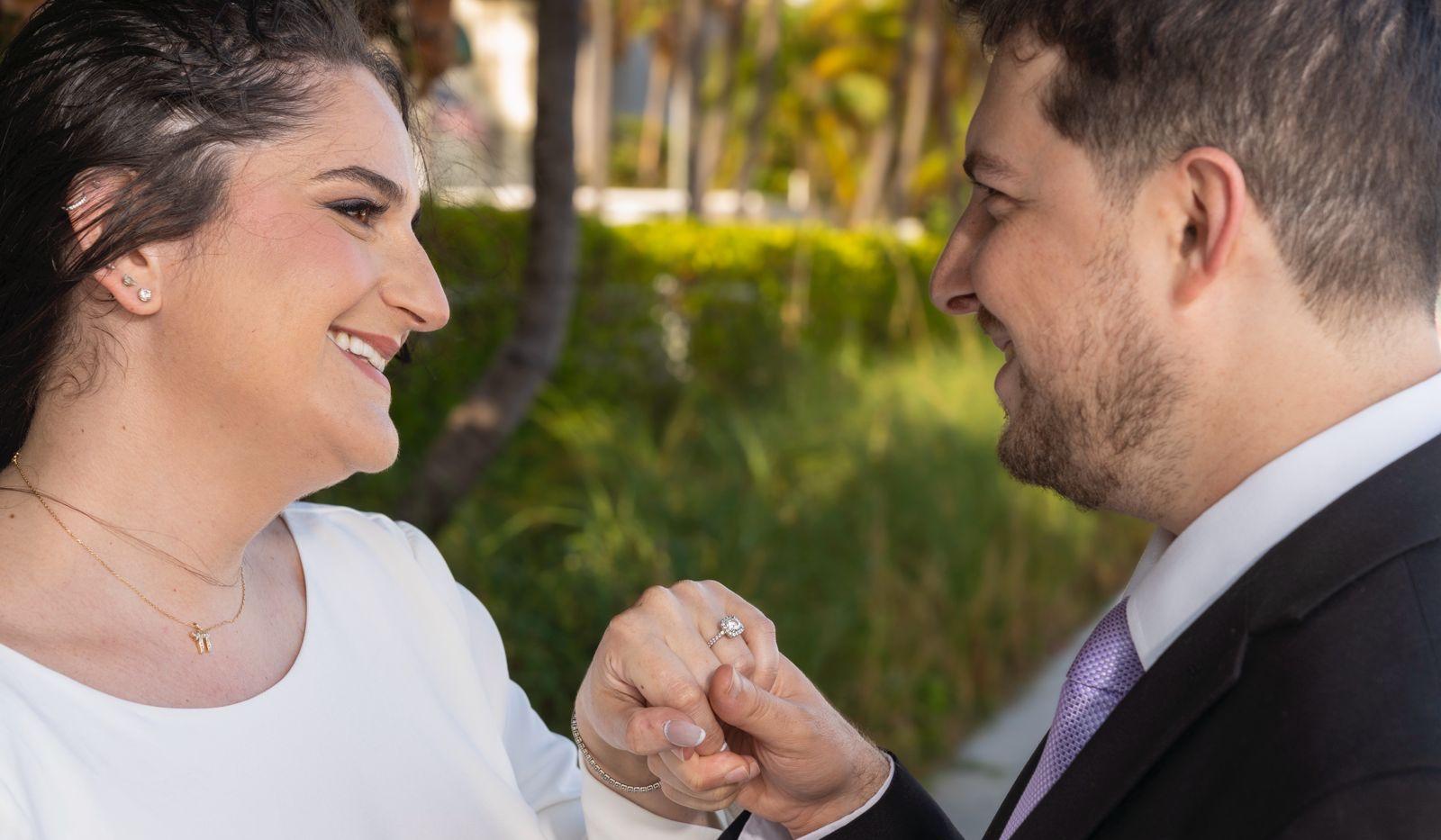

PRE-WEDDING WELCOME RECEPTION
Shmorg
It is customary for the bride and groom to host pre-nuptial receptions shortly before the chupah ceremony. The bride hosts a reception in one room, while Mark, his groomsmen, Rabbis, and his family will be in a different room. In the groom's room, two wedding documents will be signed— the engagement contract and the Ketubah. Once they are signed, the mothers will enter and then break a plate to the shouts of Mazal Tov! Hors d'oeuvres and refreshments will be served for our guests during this time.
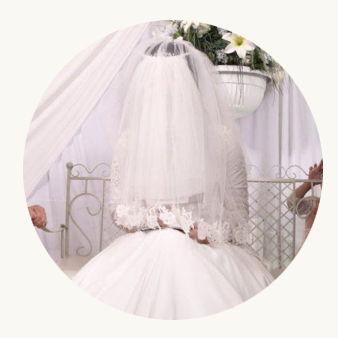
BEDECKEN
"Veiling"
On their wedding day, the groom is considered like a king and the bride like a queen. As is tradition, Michelle and Mark would have refrained from seeing each other for the week prior to their wedding as to increase their love for each other. They will see each other for the first time at the Bedeken. The groom takes a look at his bride to ensure "he's marrying the right person" and then places a veil over her. This tradition stems from the story of Isaac and Rebecca in the book of Genesis from the Torah. With this act, he’s making a statement — he understands that his soon to be wife’s beauty is under the surface – that, even if her face is hidden beneath a veil, it doesn’t matter — he’s marrying the woman within. The bride's face remains veiled for the duration of the chupah ceremony, affording her "privacy" at this holy time.
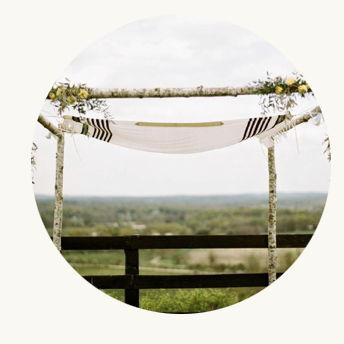
CHUPPAH CEREMONY
The Wedding Ceremony
A king and queen are always escorted by an entourage, and today is no different. On the day when the bride and groom are akin to a king and queen, their parents hold candles as they walk their children down the aisle, symbolizing the wish that the couples life together be full of light and joy. Michelle and Mark will be married under a wedding canopy known as a chupah, which symbolizes the home they will build together. It consists of a single cloth canopy. The chupah is open on all four sides to represent the hospitality and sense of community that Michelle and Mark hope to create in their own home.
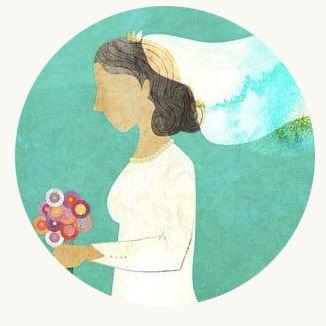
CIRCLING THE GROOM
The Seven Circles
When Michelle arrives at the chupah, she will walk around Mark seven times. Seven is the number of days of creation and the wedding ceremony is the creation of a new household. The bride is creating a wall of protection around the groom. When it came time to conquer the city of Jericho, the Jewish people circled the walls of the city seven times until the walls miraculously sunk into the ground. Mirroring this idea, circling the groom seven times invokes bringing down any walls between them.
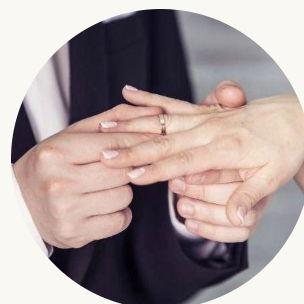
THE RING & THE MITZVAH OF WINE
-
The mitzvah of marriage is performed over a cup of wine as there is no mitzvah which is more joyously celebrated than a wedding. The Rabbi holds a cup of wine and recites the multiple blessings over the wine and then the groom and bride are given the cup to sip from. Next, the groom then places the wedding band on the bride's finger. This ring symbolizes their daily recognition of commitment to each other.
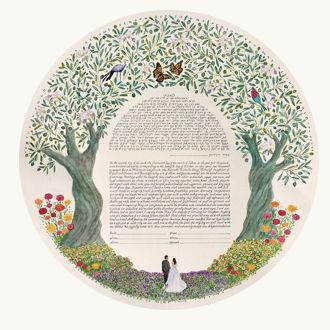
KETUBAH
The Marriage Contract
The Ketubah is a marriage contract required by Jewish law, attesting to the lifetime responsibilities and promises of love and affection Michelle and Mark made to each other as a married couple. It is one of the oldest elements of a Jewish wedding for over 2000 years. Under the chupah, the Ketubah will be read aloud and precede the final part to the wedding. Afterwards, the Ketubah is especially handed over to the bride for safe keeping.
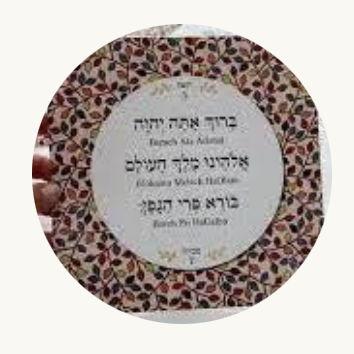
SHEVA BRACH'OT
The Seven Blessings
The seven blessings are a key part of the wedding ceremony, symbolizing the seven days of creation. It is customary to honor friends and relatives with the recitation of these blessings. The honorees approach and stand beneath the chupah, where they are given the cup of wine which they hold while reciting the blessing. The first blessing is the blessing on wine, and the remaining six are marriage-themed blessings, which include special blessings for the newlywed couple.
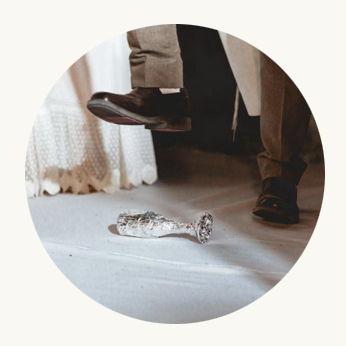
BREAKING THE GLASS
Finalizing the Nuptials
Breaking the glass under the chupah reminds us of the destruction of the Temple in Jerusalem 2000 years ago. At the conclusion of the ceremony, Mark will break a glass by stepping on it. This is the final step under the chupah: once they break the glass Michelle and Mark will be officially married and then it's time to say Mazal tov!
YICHUD
Seclusion
In a day filled with chaos, the yichud or "seclusion" is a unique ritual that lets you focus on the day's true purpose: your new partnership. Immediately after the ceremony, the newlyweds retreat to a private room for a few minutes of personal time to remind them to never allow the hustle and bustle of life to completely engulf them. It's customary for newlyweds to seize the yichud moment and feed each other a bite or two of their first meal together.